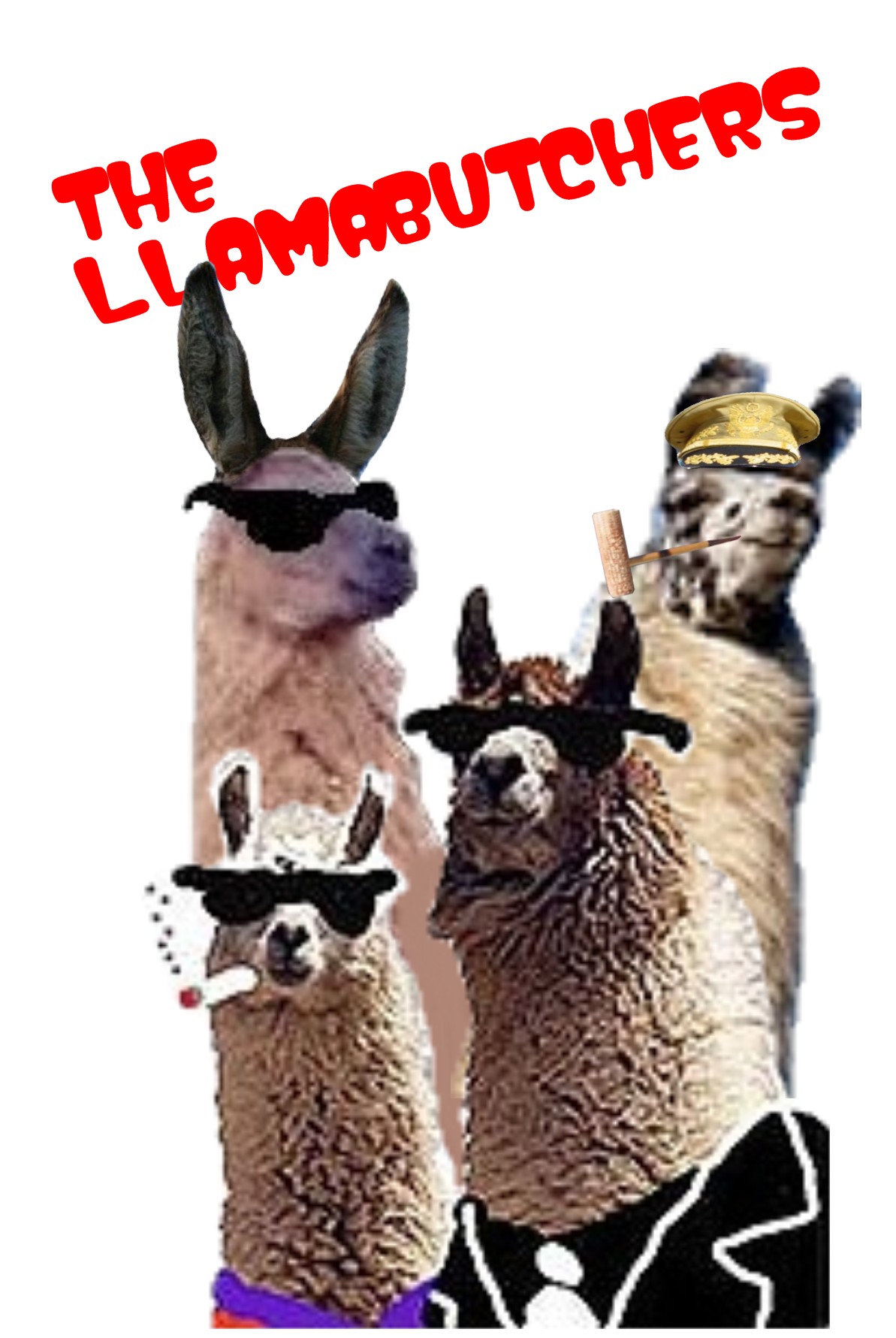July 12, 2007
Book Review
Guadalcanal Diary by Richard Tregaskis
One day I happened to be down in the stacks (that's library talk for "where the books are" my friend! I'm happy to demystify the magic world of library jargon for the uninitiated . . .) when my eye fell on Guadalcanal Diary. I never saw the 1943 movie. But something made me take it off the shelf and carry it home.
Richard Tregaskis was 26 when he accompanied Marines onto Guadalcanal in one of the first waves of boats to land there. This is his most famous book and it set a high bar for war reportage from the moment of publication. He began writing it on the B-24 Liberator that took him home - or so the story goes - soon after he left Guadalcanal on September 26, 1942.
It was an instant best-seller and a January 1943 Book-of-the-Month Club favorite. It gave readers at home a taste of life on the front, when news was heavily censored and mail was slow. Parents, siblings and girlfriends of the men who were fighting must have taken a lot of comfort from the scenes Tregaskis paints of cowardly Japanese pilots ditching their bombs before reaching American targets and Japanese troops abandoning campsites so rapidly at American advance that they left behind all of their gear.
This is what one of the Amazon reviewers said about it:
"Diary" is a bit understated, perhaps due to wartime censors. Tregaskis mentions disease, the shortages of food and equipment, and the sense of the marines that they were abandoned by the Navy and forgotten by the "Brass." I suspect, however, that the fear and desperation of the Marines at Guadalacanal were considerably stronger than he expressed.
Its clear that Tregaskis reported only carefully chosen incidents. He mentions hardships on the island, but his tone tends to downplay them. One doesn't have to read carefully at all to discern an underlying sense of optimism. Tregaskis recorded the hometown of nearly man whos name made it into the book. Clearly the author wanted American readers to feel proud of their warriors and to imagine that victory would eventually fall to the Allied forces.
For example: He depicts several gruesome scenes of mangled Japanese corpses, but never allows the reader to see American bodies strewn about in a similar manner. Many readers wouldn't notice the omission, but I saw in this a skillful editor at work, building morale back home in a package that comes across as honest and even-handed.
I think Tregaskis did an amazingly skillful job with this book, never wringing the reader's emotions, and presenting himself as near-to-invisible as possible. He lets readers see the men who surrounded him, through small human details, and experience their transformation from green troops to hardened combat fighters in the six weeks Tregaskis was there. Especially for such a young man this is an outstanding work.
Posted by Chai-Rista at July 12, 2007 02:34 PM | TrackBackGreat book! I can remember reading this as a kid. I know Tregaskis continued as a war correspondent into the Vietnam war, but I've never come across any of his books. Maybe I'll use my developing library skillz and see if he ever wrote any others.
Posted by: Dan at July 12, 2007 03:48 PMGreat book. One of best on the PTO along with Robert Leckie's HELMET FOR MY PILLOW and STRONG ME ARMED.
Posted by: Tbird at July 12, 2007 05:10 PMIt is difficult to even imagine such a book being published today. Instead, it would be filled with dysfunctional Americans and noble Asian freedom fighters seeking to liberate themselves from the oppressing white hegemony.
Posted by: pep at July 12, 2007 08:52 PM

 Image courtesy of the lovely and talented
Image courtesy of the lovely and talented 